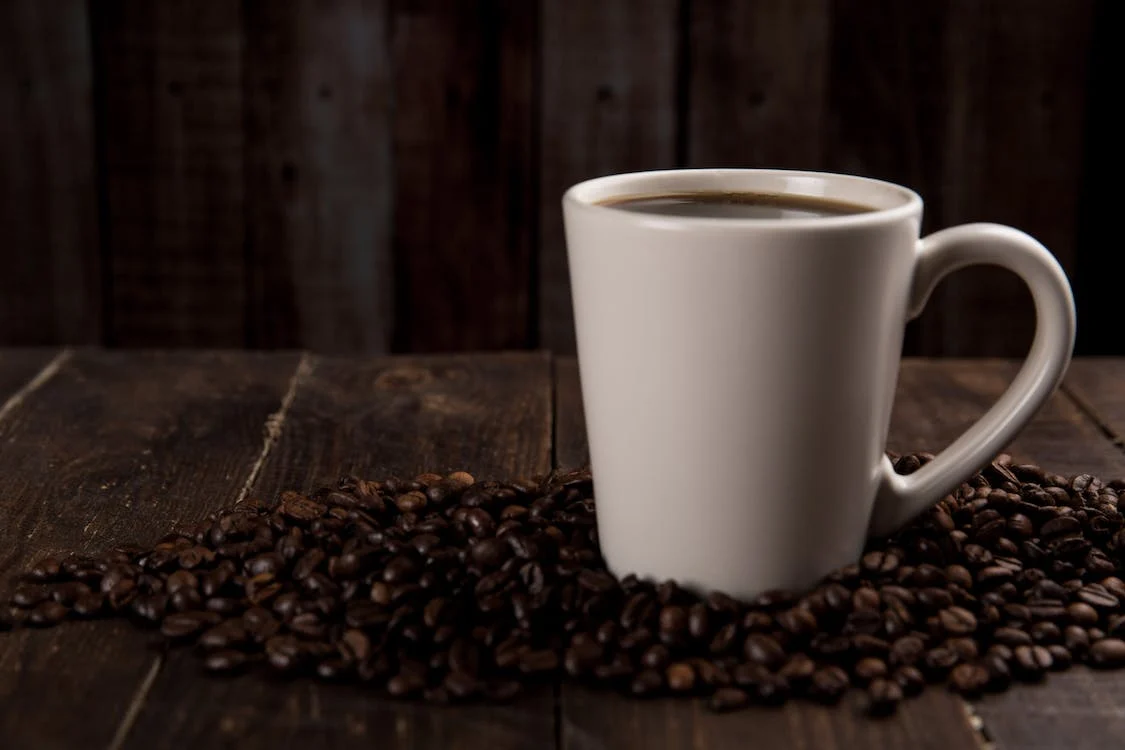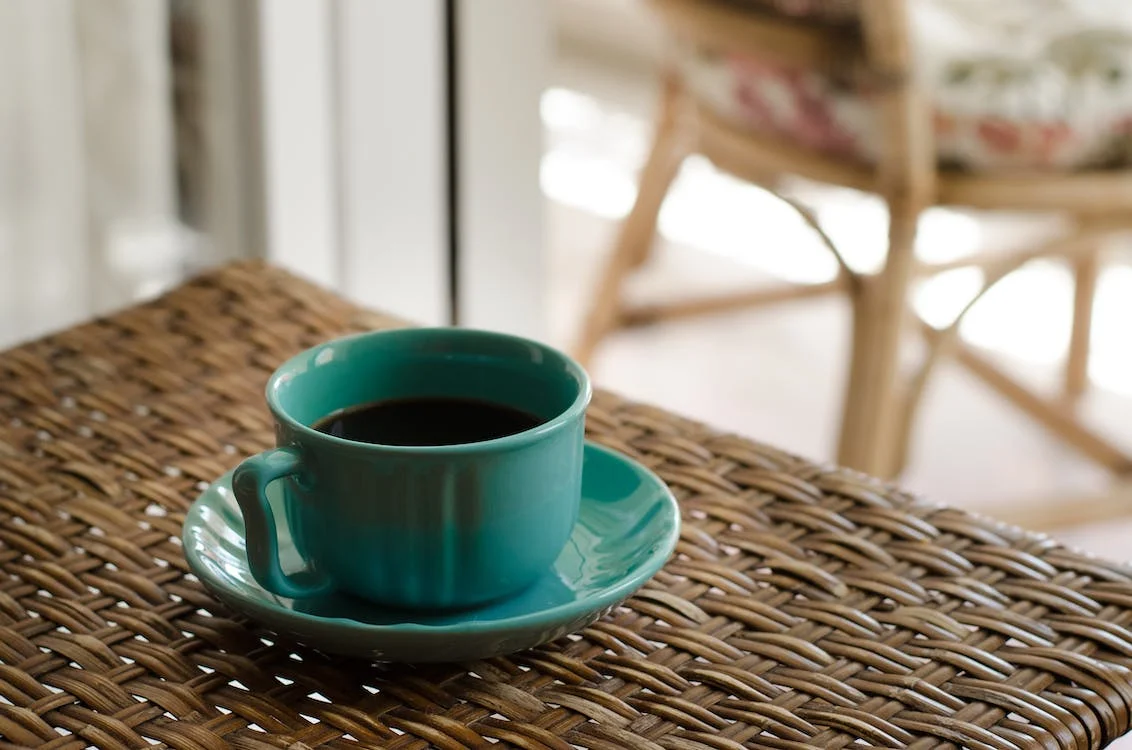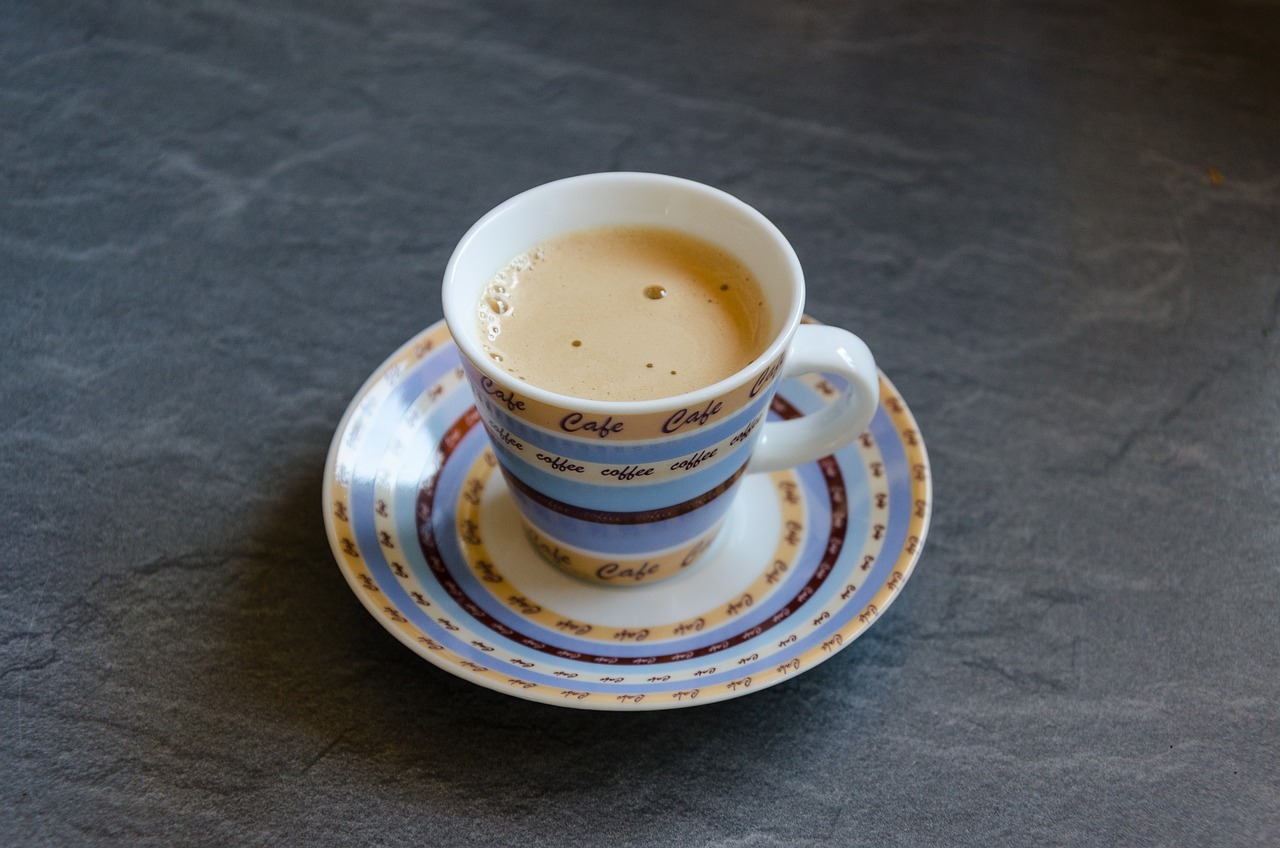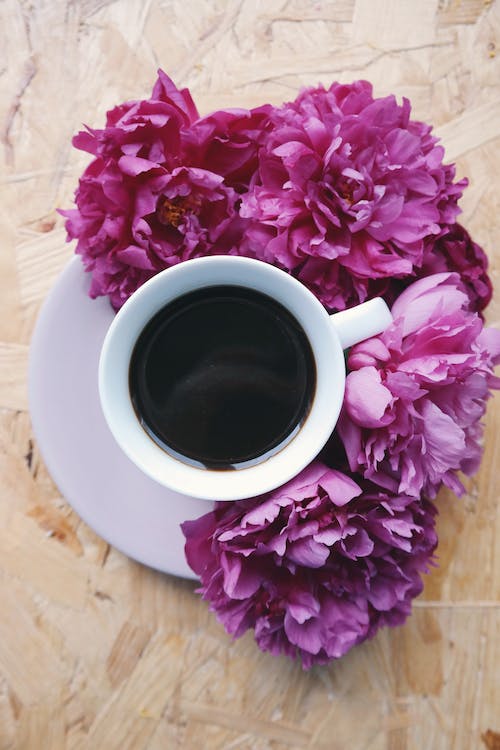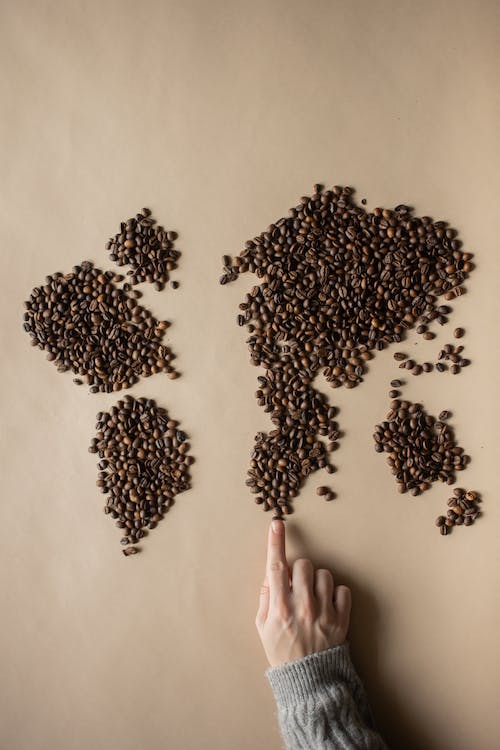Coffee is a beverage that is consumed in a wide variety of ways across the world. Every person in the globe has a different relationship with this consistently popular beverage. Since the dawn of civilization, coffee has been valued for its stimulating and invigorating properties, as well as for its unique tastes, intriguing brewing methods, and mouthwatering recipes.
One of the most widely consumed beverages in the world, coffee is now consumed in virtually every country. There are many of options to try, ranging from well-known classics like the Americano and cappuccino to more unusual flavors like the Vietnamese egg coffee and the Ethiopian buna. Travel the world learning about coffee culture.
United States
Coffee is often enjoyed in a variety of European-inspired ways in both North and South America. Although brewed drip coffee is the preferred beverage in this hemisphere, the lattes, cappuccinos, and americanos all have their admirers.
Coffee is prepared in America fresh, black, and bitter; occasionally it is served with cream, occasionally with sugar, and occasionally with both. Coffee is commonly consumed in the morning and frequently in the early afternoon in American society. However, there are several methods to serve coffee and various times of the day when people choose to have their caffeinated beverage.
Hardworking individuals can get by on coffee from the gas station or from a wayside café while commuting to work. Another popular brand in the United States is Starbucks, which is hard to avoid given that they can be found on almost every corner. However, coffee is so widely consumed in the United States that an increasing number of cutting-edge, distinctive coffee shops and coffee cult-style locations are opening up, providing 100% Arabica coffee as well as coffee from Ethiopia, Columbia, and other countries, and brewing it using the tastiest, most flavorful methods like classic cold brew.
The coffee culture in America is always changing. The popularity of cold brew and nitro cold brew is skyrocketing, and hipster cafés are offering a wide range of tastes and additives to personalize your cup. Young professionals and millennials have no shortage of fresh inventions to test, from matcha shots to oat milk lattes.
Espresso tonics, which blend espresso with soda water for a pleasant pick-me-up, are one of the specialty beverages that have become more prevalent as third-wave coffee shops have grown in popularity. For those seeking something even more distinctive, there is also the pour-over method, which produces an incredibly smooth cup that can be enjoyed either black or with a little cream and sugar.
Canada
It goes without saying that Canadians adore their coffee. In fact, 88 percent of Canadians claim to drink at least one cup of coffee, making them the nation outside of Europe with the highest per capita consumption of coffee. Since the Tim Horton’s Double Double, which is made with two creams and two sugars, coffee is essentially a national beverage.
Cuba
Coffee consumption in Cuba is a habitual activity that everyone engages in, much like going to work or school. A very potent espresso that has been sweetened is called a cafecito, sometimes referred to as Cuban coffee. In Cuba, coffee is typically savored over a substantial amount of time with family and friends. A simple, potent espresso is all that is in the Colada, another well-liked coffee beverage. Additionally, there is the Cortadito, which is a Colada with a dash of milk.
Visitors must be sure to sample one of the local brews since for Cubans, drinking coffee in the morning is almost like a religion. Don’t rush it, either; having coffee in the morning is supposed to be a leisurely occasion for catching up with loved ones. Do you enjoy sweet coffee? Get a Café Cubano, also known as a caficito, which is an espresso that has been sweetened. Try a Coradito, which is espresso topped with steamed milk, if you don’t have a sweet tooth. The ideal setting for a cup of coffee is a local family’s house, but if that is not possible, one of the chic cafés in Havana, the country’s romantically traditional capital, would suffice.
Mexico
The official caffeinated beverage of Mexico is café de olla. This dark-roasted coffee, traditionally served from a clay pot (thus the name), is filtered with a fine sieve or cheesecloth before being paired with piloncillo, an unrefined brown sugar with a smoky and caramel-like flavor. Additionally typical is to add a cinnamon stick to your café de olla for flavor.
Brazil
Brazil produces around 40% of the world’s coffee, so it should come as no surprise that the population there enjoys the beverage. The preferred morning beverage in this area is café com leite, which is double-strength coffee served with plenty of hot milk. In fact, coffee consumption is so commonplace in this country that schoolchildren as young as five are fed it.
Cafezhino, a robust and black coffee that is served with a lot of sugar, is another favorite in Brazil. Locals prefer little cups of sweetened café con leche to espresso shots or cappuccinos. These “cafézinhos” (small coffees) are frequently accompanied by snacks like pastries and cookies.
Brazilians also have their own brewing technique that involves cold-brewing coffee grounds for a whole night. This technique allows for a lot more delicate flavor to be experienced without having to wait a long time to steep. Whatever your taste, you’ll have no trouble finding a way to enjoy a cup of coffee in Brazil.
Portugal
If you’re prepared for the effort, request a Bica, a shot of tart espresso delivered in a demitasse cup. The Portuguese enjoy their coffee strong. The drink’s abbreviation, “Beba Isso Com Açcar,” means “drink this with sugar” in English. If you’re not used to drinking strong beers, you might want to heed this advice.
France
When visiting France, follow the local custom and request a café au lait, a hot cup of wonderful espresso with steamed milk that can be served either in the cup or on the side. Enjoy it in elegance at a Paris sidewalk café; you’ll feel quite European doing so. Just remember that the French serve everything in moderation, so don’t expect it to be served in an American-sized dish.
Norway
Norway enjoys coffee differently from the rest of the globe, which seems to favor dark, robust roasts. They impart a distinct and acidic flavor to mild roasts. Although it takes some getting used to, you should still try it. After all, the fact that Norwegians are the second-largest coffee users in the world suggests that they must be onto something.
Italy
Given that Italy is the country where espresso was created, it would be nearly sinful to travel there and leave without experiencing the country’s famous coffee. One of the most popular beverages here is a standard shot of espresso, but if that’s not really your thing, reward yourself and your taste buds to a café con panna, which is just the right amount of fresh espresso on top of delicious whipped cream.
Ireland
This nation, well-known for its Irish coffee, is where the practice of consuming coffee as a cocktail first arose. It is presented as a hot coffee with whiskey and whipped cream on top. This beverage is offered in bars all around the world, and the majority of people order it to sip on after dinner.
Austria
In Vienna, where ornate and exquisite cafés are a significant part of the nation’s cultural legacy, you might feel like royalty in a luxurious coffee shop. Order a wiener mélange, which is fresh coffee topped with frothed milk foam, just as the locals do. After a performance, coffee shops are the ideal place to unwind because they are open late here.
New Zealand
New Zealand’s coffee culture has been honed over the previous few decades, and the Kiwis now have it down to an art. Make sure to order a flat white, which is Australia’s national beverage and consists of one third espresso, two thirds steamed milk, and a touch of froth, if you want to appear local. Try a short black (a shot of espresso) or a long black (akin to an Americano) if you prefer your coffee without milk.
Turkey
True Turkish coffee is typically served in a tiny cup like an espresso shot and is black, robust, and sweet. It is customary to find remaining grinds at the bottom of the cup since this is how people can tell if they have received quality coffee.
Turkish coffee is famous around the world for a reason; the country had a thriving coffee house culture far before the first speciality coffee shops became well-known in North America, in the 1500s. The grounds should settle towards the bottom of the cup since Turkish people want their coffee robust, black, and sweet. Don’t throw away the coffee grounds once you finish them; they contain your wealth.
Ethiopia
Coffee drinking has been a part of daily life in the nation where it all started for more than a thousand years! Following a traditional ceremony of spiritual practice, coffee is given. This ceremony revolves around the entire process of making coffee, starting with the roasting of the beans.
Ethiopia was historically the location of coffee’s discovery, and the country continues to value its cultural significance today. But in Ethiopia, purchasing coffee at a counter is only the beginning of a full-on cultural encounter. The Ethiopian coffee ceremony, which lasts many hours and involves every stage of the process from roasting the beans to finally pouring the beverages, is a spiritual rite. You won’t be dissatisfied with the results, though, since coffee frequently has a rich and distinctive flavor from a variety of spices and flavors like cinnamon, cardamom, cloves, honey, or butter.
Vietnam
Enjoy the French influence in Vietnam, where strong, hot coffee is served in a little drip filter that gradually fills your cup with fresh coffee. Vietnamese coffee is typically served with a few tablespoons of sweetened condensed milk. This gives the coffee a rich, syrupy flavor that more closely resembles a dessert than a beverage.
Cambodia
Coffee is ground finely and consumed black after being roasted in fat until it is quite dark. Coffee is typically consumed in the morning in Vietnam and may be combined with fruit, yogurt, or eggs.
Thailand
An whole culture has grown up around the production and consumption of Arabica coffee in Thailand, thanks to the efforts of a previous king to encourage more environmentally friendly coffee practices. Coffee is consumed all day long and can be produced from instant coffee and served over ice, or it can be ordered roasted in fat and freshly brewed in a cloth strainer. Condensed or sweetened condensed milk is almost typically served alongside it.
Japan
In Japan’s fast-paced society, convenience is paramount, and getting a fresh brew from a vending machine is the simplest way to do it. On every street corner in Japan, cans of coffee are sold for a few yen hot or cold. Make sure you choose the appropriate option straight away when ordering coffee from a vending machine because it comes with or without milk and sugar.
The industrious bees in this nation stop at the vending machine anytime they need their preferred coffee brew. The importance of coffee in Japanese culture is amazing. The ritual is just as important as the caffeine. The ancient brewing style, known as Kyoto-style, is unique in its own right. To produce a distinct mix and flavor profile, cold water is carefully dripped through finely ground coffee beans.
Using steamed milk and espresso shots to create elaborate patterns, the Japanese have mastered the art of latté. At the same time, cafés all across Tokyo offer their own spins on traditional beverages like matcha lattes and hojicha cappuccinos (coffees flavored with Japanese tea). With so many variants on the subject, it should come as no surprise that Japan continues to be one of the world’s most intriguing coffee locations.
Global Coffee Consumption
More than 50 nations, including Brazil, Vietnam, and Colombia, cultivate coffee beans, and each one produces a distinctive combination of flavors and fragrances. It’s no surprise that the world’s consumption of coffee is rising yearly given the development of coffee culture and the rising desire for speciality and artisanal roasts. To find out what different blends are available to make your excellent cup of coffee, look up coffee internet.
The Scandinavian nations of Finland, Norway, and Iceland consume the most coffee per capita in the world, with Europeans being the top consumers. The rest of us aren’t slacking off on our coffee consumption, either; here are some ways that coffee is appreciated in various cultures throughout the world.
Conclusion
Clearly, coffee is more than simply a beverage; it plays a significant role in cultures all over the world. From Japan to Brazil and everywhere else, each country has its own distinctive way of enjoying a cup of coffee. Coffee is here to stay, whether you enjoy café con leche, cappuccino, or something more complex like nitro cold brew or espresso tonic. Why not do a globe trip in a cup for your taste buds? Bon trip! Experiment, learn about different coffee cultures throughout the world, and learn what makes each location special.

